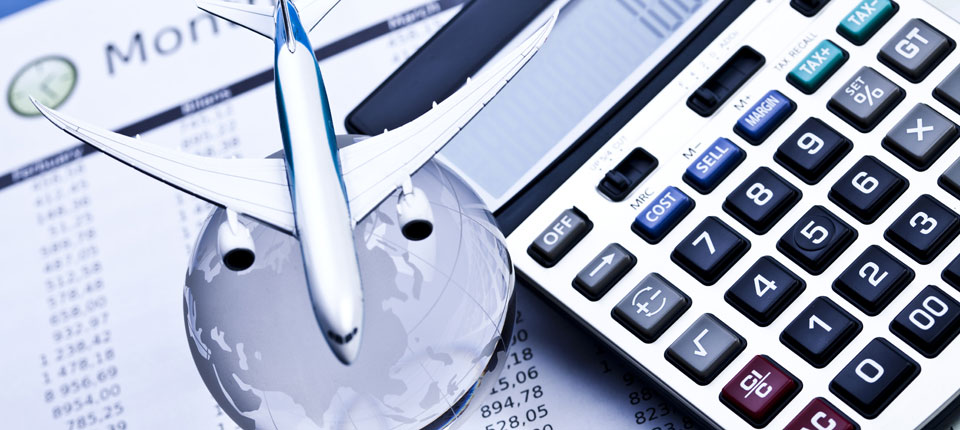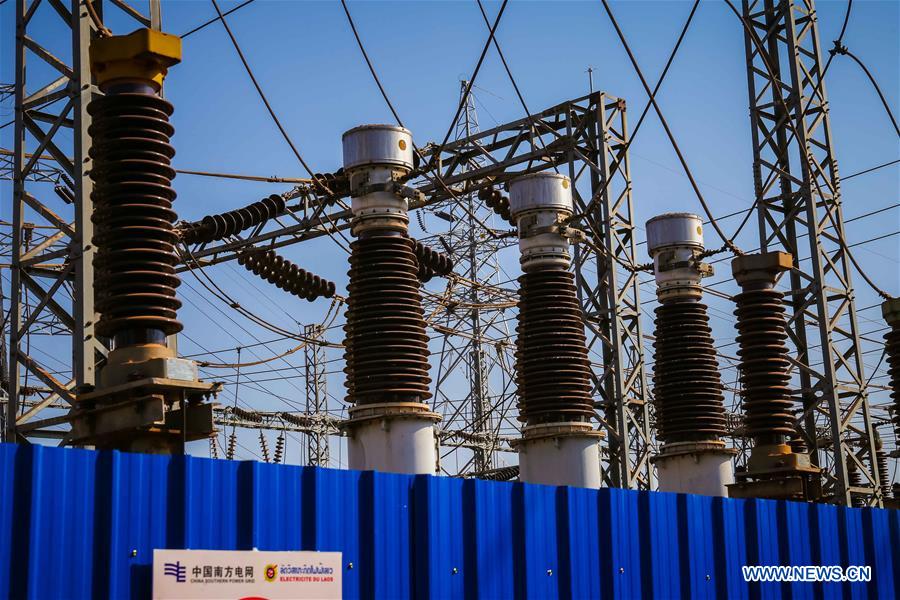[:en]Export Credit Agencies (ECAs) have traditionally provided financial support to lessors and airlines during the acquisition of new commercial aircraft. They are also considered part of the arsenal of options available to treasury teams. ECA support takes the form of direct lending, by financial guarantees for commercial lenders such as aircraft leasing companies and airlines engaged in international operations. After the financial crash in 2008, the ECAs played a pivotal role in supporting the aviation sector in a time where there was less liquidity in the market due to commercial bank lenders’ reduced activity in the market. ECA activity tends to be countercyclical and more active when traditional debt sources are difficult to access.
As has been apparent for some time, the world is currently facing an unprecedented crisis due to COVID-19. We explore whether, like post-2008, the role of the ECAs can once again come to the fore in providing financial support to the aviation industry and assistance to manufacturers, aircraft leasing companies and airlines.
Supports and measures
There are currently 80 countries worldwide that have established some form of national export support. A survey conducted by the Organisation for Economic Co-operation and Development (OECD) showed that relevant countries and their ECAs reacted quickly and took measures aimed at bridging financing gaps. These measures included increasing the capacity for support of ECAs, expanding working capital programmes, introducing new facilities to support exports and exporters, and introducing more flexibility to the terms and conditions of official support. Most reported measures were not directed towards any specific sector, but several OECD countries and ECAs indicated that they were considering targeted measures to help particular industries which were hit the hardest, such as the aviation sector.
One such measure announced by the French government is that it will begin to boost state guarantees for airline exports and it will bolster a pre-existing export credit guarantee scheme. This move will likely benefit Airbus and ATR who have substantial operations in France. This shows the role that the ECAs can play in supporting the aviation industry in a time of great uncertainty.
US Exim returns
Another positive for the aviation sector is the meaningful return of the Export-Import Bank of the United States (US Exim). In 2012, US Exim provided support for roughly one-third of Boeing deliveries. By 2015, this reduced to virtually none due to a lack of a quorum on their board and lack of authorization. However, since December 2019, there is once again a quorum. Taking into account difficulties encountered by Boeing and the recent return of B737Max to operation, the potential financial support that could be made available by US Exim for financings for Boeing aircraft could be invaluable to Boeing. It could also prove to be an essential lifeline for other related US based manufacturers as well as lessors and airlines in the coming years.
Conclusion
It is clear that the ECAs could play a major role in the recovery of the aviation sector and there could even be a return to the time, between 2009-2012, where they supported a significant amount of new aircraft deliveries. This will be particularly true for airlines with a lower credit rating, if access to traditional financing options becomes limited to airlines with higher credit ratings.
It is anticipated that the supports provided by the ECAs will be key to the recovery, and a return to growth, of the aviation sector and that having ECA supported aircraft will become an essential part to any perceived healthy or robust portfolio.[:]






